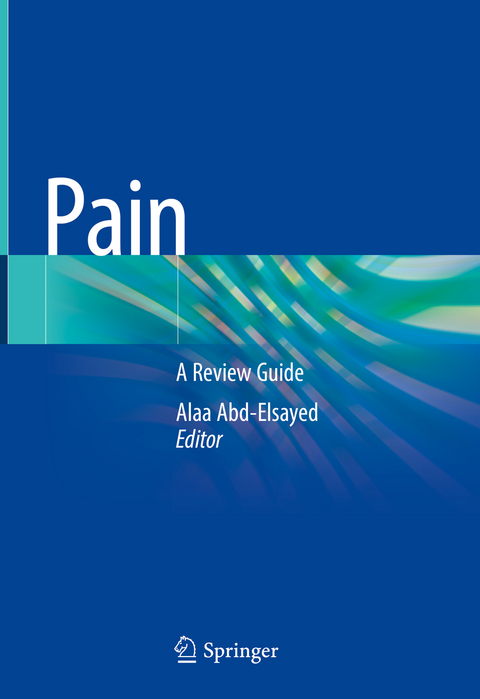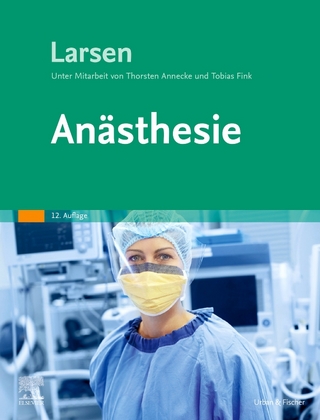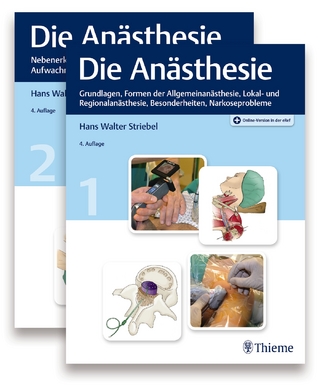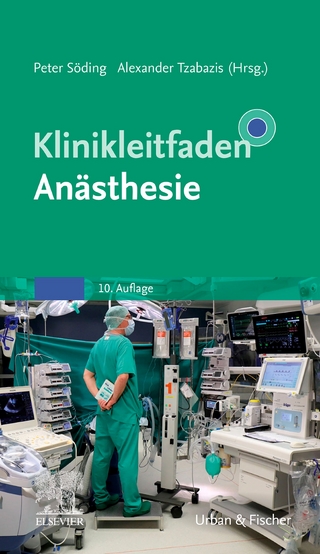
Pain
Springer International Publishing (Verlag)
978-3-319-99123-8 (ISBN)
Alaa Abd-Elsayed completed his MBBCh and MPH at Assiut University, Assiut, Egypt in 2000 and 2006, respectively. He did an internship at Internship, Assiut University Hospitals, Assiut, Egypt and completed a Clinical research fellowship in Anesthesiology at Cleveland Clinic, Cleveland, Ohio, USA. He then moved to University of Cincinnati, Cincinnati, Ohio, USA for a further internship, residency in anesthesiology and fellowship in pain medicine. Since 2014 he has worked at UW, School of Medicine and Public Health, Madison, WI, USA, starting as Assistant Professor/Staff Anesthesiologist and now as Medical Director for the UW Pain Clinic and Director of Pain Services for UW Health.
1. Pain mechanisms and pathways.- Anatomy of the nervous system.- Sympathetic and parasympathetic systems.- Different types of pain.- Peripheral mechanisms.- Spinal and medullary dorsal horns mechanisms.- Segmental and brain stem mechanisms.- Thalamocortical mechanisms.- Experimental models.- Peripheral mechanisms of pain transmission and modulation.- Synaptic transmission of pain in the dorsal horn.- Central sensitization.- Neurotransmitters involved in pain modulation.- Development of pain behavior in the fetus and newborn.- Physiologic and behavioral pain assessment measures in infants.- Long-term consequences of neonatal pain.- 2. Research and study design.- Critical analysis of literature and evidence-based medicine.- Principles of valid clinical research.- Effects of analysis on the clinical applicability of study results.- Components of clinical trials.- Special features of study of pain.- Outcome measures in clinical studies.- Common animal models in the study of pain.- Ethics of animal experimentation.- Ethics of pain management and research.- Professionalism and quality assurance.- Placebo, Nocebo and Pain.- Use of data from epidemiologic studies of pain.- Measurement of burden in a population, including epidemiologic measures of occurrence.- Observational studies: uses and limitations.- Cohort studies: use to determine natural history and predictors of outcome.- Case control studies: uses, indications, limitations and design.- Use of risk factors to guide treatment.- 3. Assessment of Pain.- Pain as a subjective, multidimensional experience.- Introspection and measurement of subjective experience.- Measurement of pain (all scales for neonates, infants, children, adults and elderly).- Indirect pain measurement.- Dependence/tolerance/addiction/Abuse/misuse.- 4. Clinical Nerve Function Studies and Imaging.- Electrical nerve stimulation EMG/NCV.- Evoked potentials.- Quantitative sensory testing.- Skin punch biopsy.- MRI, fMRI, and MR spectroscopy.- PET scans.- EEG.- MEG.- X ray.- CT.- 5. Psychosocial and Cultural Aspects of Pain.- Pain as a biopsychological experience.- Individual differences in affective, cognitive, and behavioral responses to pain.- Coping styles.- Expectations, coping, cultural and environmental factors.- Cultural, environmental, and racial variations in experience and expression of pain.- Role of family in promoting illness and well behaviour.- Common emotional problems and psychiatric disorders associated with pain.- Sex and Gender Issues in Pain.- 6. Pharmacologic treatment of pain .- Opioids.- Antipyretic Analgesics.- Antidepressants.- Anticonvulsants.- Neuroleptic drugs.- Antihistamines.- Analeptic drugs.- Corticosteroids.- Muscle relaxants and antispasticity drugs.- NMDA antagonists.- Local anesthetics and membrane-stabilizing drugs.- Alpha 2 agonists.- Naloxone and Naltrexone.- Agonist/antagonist agents.- Ziconotide.- Marijuana.- Lidocaine infusion.- Herbal and vitamin supplements.- Fatty acids.- Capsaicin.- 7. Other methods for treatment of pain.- Cognitive and behavioral strategies.- Integration of approaches.- Stages of behavioral change and their effects.- Cognitive behavioral and self-management interventions.- Psychiatric and psychologic morbidities of chronic pain.- Psychiatric and psychological factors that impact treatment adherence and the therapeutic alliance with treatment providers.- Pharmacotherapy for treatment of comorbid conditions.- Psychotherapy for depressive disorders.- Differential diagnosis of anxiety disorders and their management.- Anger in chronic pain patients and relation to perceived pain.- Somatic complaints in chronic pain.- Role of family.- Role of patient beliefs and expectations in pain and disability.- Sleep disorders in chronic pain.- Work history and education in evaluation of chronic pain.- Peripheral stimulation techniques.- 8. Interventional Pain Management Including Nerve Blocks.- Anticoagulation.- Superficial and deep cervical plexus.- Stellate ganglion
| Erscheinungsdatum | 04.02.2019 |
|---|---|
| Zusatzinfo | XXVI, 1334 p. 102 illus., 80 illus. in color. In 2 volumes, not available separately. |
| Verlagsort | Cham |
| Sprache | englisch |
| Maße | 178 x 254 mm |
| Gewicht | 3475 g |
| Themenwelt | Medizin / Pharmazie ► Medizinische Fachgebiete ► Anästhesie |
| Medizin / Pharmazie ► Medizinische Fachgebiete ► Schmerztherapie | |
| Schlagworte | Clinical nerve function study • pain assessment • pain management • Pain mechanism • Pain Treatment |
| ISBN-10 | 3-319-99123-X / 331999123X |
| ISBN-13 | 978-3-319-99123-8 / 9783319991238 |
| Zustand | Neuware |
| Haben Sie eine Frage zum Produkt? |
aus dem Bereich


